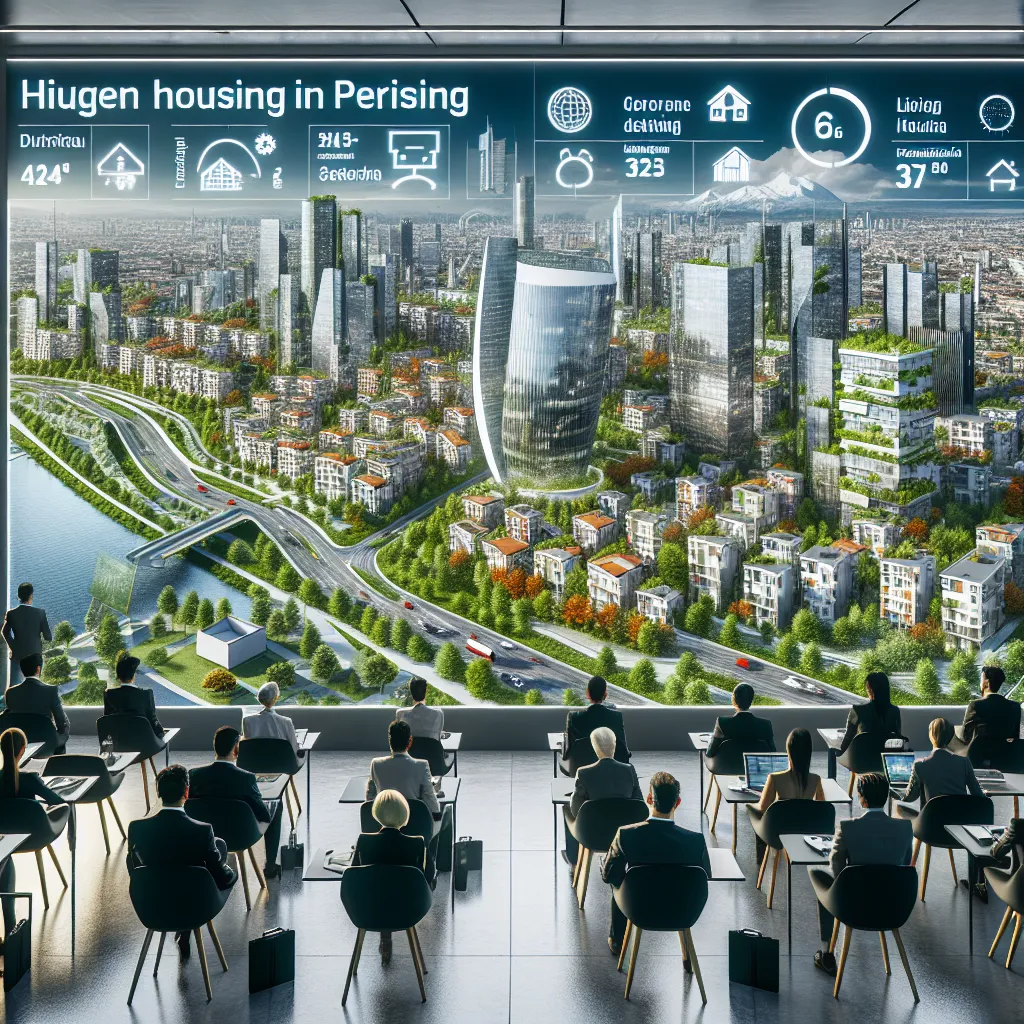House prices in Milan remain stable despite the fuzzy boundaries of the periphery.


With the growing public interest in environmental sustainability and energy efficiency, supported also by the recent European directive on the green home, i.e. achieving energy class E by January 1, 2030, the new home is becoming more and more attractive to those looking for their home. This was discussed at a seminar organized by ASPESIMilan in collaboration with Intesa Sanpaolo Group and Immobiliare.it, the leading real estate portal in Italy.
Today, Milan continues to attract more and more interest: the demand for real estate is not diminishing and is caught in unequal confrontations with an increasingly limited supply. This leads to a constant rise in prices that affects the entire urban''for choosing a new home was "location", now "new construction" is also being added.
But what's the situation with new builds in the city of Milan? A study by Immobiliare.it Insights, a proptech company of the Immobiliare.it group specialized in market analysis and data mining, has shown that there is still far insufficient new construction in most of the urban area. Only the districts of Affori (Affori-Bovisa) and Cimiano (Cimiano-Cresenzago-Adriano), located in the north of the city, have a significant percentage of new construction. The central part of the city, which includes the historic center and suburbs to the east (such as Bischelier, San Siro and Bande Nere) and to the west (such as Pasteur, Citta Studi and Lambrate), has a very low percentage of new buildings,''on the order of 10 percent.
Some attention is also paid to the purchase price. Considering the real estate market in Milan and its immediate suburbs, the cost of a new property today is almost double that of a used property, with a clear upward trend, while a property with low energy efficiency starts to lose value. "Buying a house today has not only the importance of a place to live, but also of saving, in fact it is our savings program that complements the pension system," said Carlo Giordano, a member of the board of directors of Immobiliare.it. - 'Buyers today are looking particularly carefully for properties that not only do not lose value over time but, on the contrary, increase in value.''That's why there's a growing demand for high energy efficient classrooms. But this right intentionality is facing the hard reality of inherited property either old or with prices difficult to access. "
"The Immobiliare.it report confirms what our association has always noted," said Federico Filippo Oriana, chairman of ASPESI Unione Immobiliare - the severe shortage of new apartments in Milan, due to national and local urban planning and fiscal policies actually hostile to the "new". With two corresponding negative consequences: 1) a growing imbalance between supply and demand for apartments (due to the insufficient number of new residential properties hitting the sale and rental market each year), with a corresponding''inevitable increase in prices and rents and reduction in sales transactions, 2) deterioration of energy efficiency issues and therefore the use of green technologies in buildings, with a corresponding move away from (instead of closer to) European targets'." "Nevertheless, there are easy and free solutions for the public coffers, if only you want to develop rational tax and urban planning regulations without political ideological biases," concluded Oriana.
Comment
Popular Posts
Popular Offers

Subscribe to the newsletter from Hatamatata.com!
Subscribe to the newsletter from Hatamatata.com!
I agree to the processing of personal data and confidentiality rules of Hatamatata














